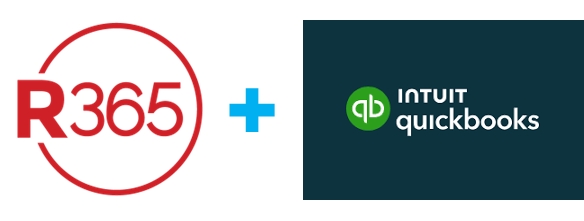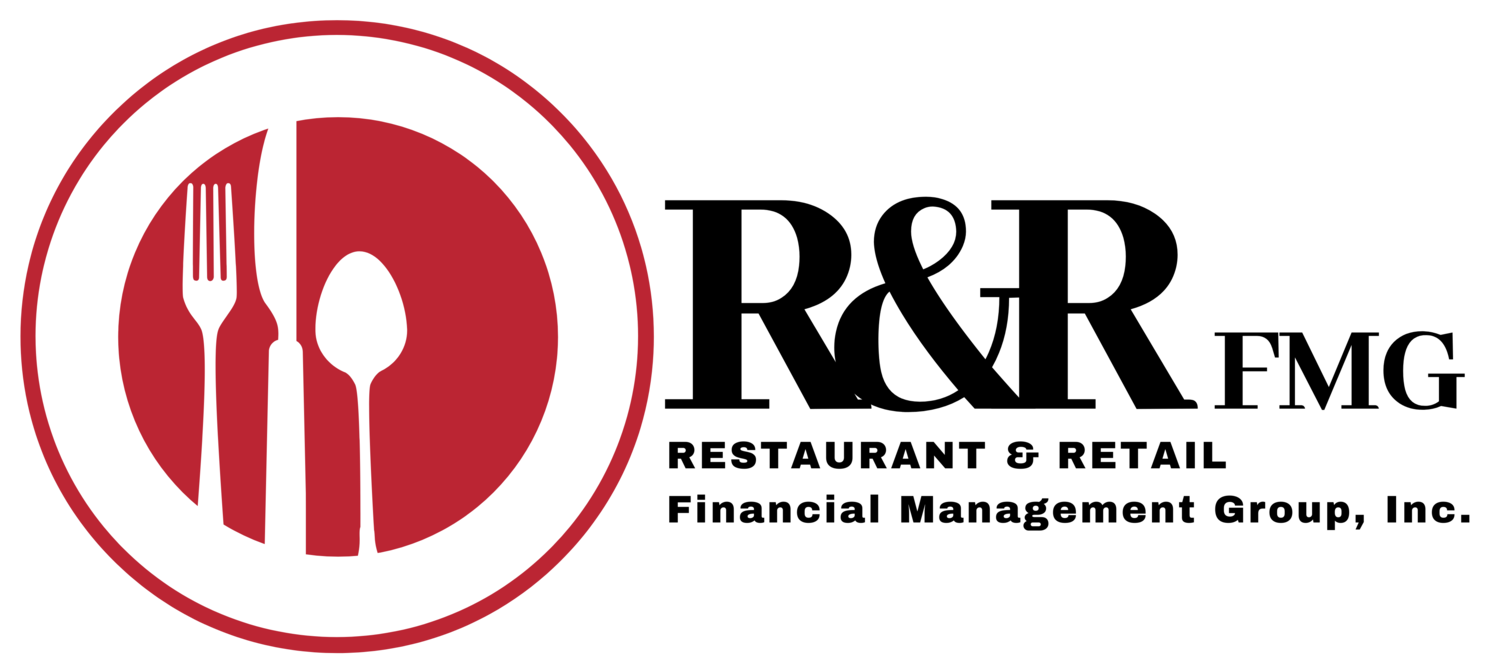
Integrating R365 with QuickBooks: Everything Restaurant Owners Need to Know
by John Laporte, President, RRFMG Technology Services
In the food service industry, where profit margins are thin and operational complexity grows with each new location, accounting efficiency can make or break scalability. Many small restaurant groups start out using QuickBooks Online (QBO) for their general ledger (GL) and accounts payable (A/P) needs. It’s simple, cost-effective, and familiar to bookkeepers.
However, as these businesses expand into multi-unit operations, they often outgrow the capabilities of QuickBooks alone. The system requires duplicate entries when changes or journal entries must be applied across multiple entities, and it lacks built-in tools to handle restaurant-specific data such as inventory counts, daily sales summaries, and vendor invoice variances.
This is where Restaurant365 (R365) becomes invaluable. It’s purpose-built for restaurants, designed to connect operations directly to accounting. And when R365 is integrated with QuickBooks, the result is a powerful, time-saving system that delivers automation, accuracy, and real-time financial insight – without forcing a complete migration away from QuickBooks.
Why Integrate Restaurant365 with QuickBooks?
Many restaurant groups reach a point where they want the best of both worlds: the operational intelligence of R365 and the accounting familiarity of QuickBooks. There are several reasons this integration is so widely used:
-
-
- Ease of change management: Teams already comfortable with QuickBooks can continue using it as the GL while R365 handles restaurant operations.
- Scalability: As restaurant groups add new locations or brands, the integration eliminates repetitive accounting setup and reduces administrative overhead.
-

-
-
- Consolidation flexibility: Some companies migrate only part of their organization to R365, keeping one or more entities in QuickBooks for practical or personnel reasons.
-
R365’s bi-directional integration with QuickBooks Online allows data to flow automatically between the two systems, removing the need for manual exports, imports, or duplicate entry.
How the Integration Works

Setting up the integration is straightforward and can be completed directly within R365:
- In R365, type “Integrations” in the search bar at the top of the menu.
- Under the Banking section, select QuickBooks as the integration type.
- Connect the organization’s QuickBooks Online account using administrator credentials.
- Complete connection mapping to ensure the two systems align. This includes mapping:
-
-
-
-
- GL Accounts
- Vendors
- Items
- Locations (often classes in QuickBooks)
- POS payment and sales types
-
-
-
Once connected, operational forms in R365 – such as invoices, daily sales summaries (DSS), inventory counts, waste logs, and item transfers – can be automatically pushed into QuickBooks Online as bills or journal entries.
When a form is marked Complete in R365, the data flows immediately to QuickBooks. This provides near real-time financial updates rather than waiting until the end of a period to upload or reconcile data manually.
Key Benefits of R365 + QuickBooks Integration
- Automated Data Flow from Operations into Accounting
R365 pushes operational data directly into QuickBooks Online as soon as forms are completed. This automation removes the need for manual entry and re-keying, reducing both administrative time and error rates. Daily sales summaries, vendor invoices, and even inventory adjustments automatically appear in QuickBooks as journal entries or bills, ensuring that financial data stays up to date and consistent.
- Accurate Mapping and Multi-Entity Support
The integration supports mapping between R365 and QuickBooks for GL accounts, vendors, items, and locations. For restaurant groups with multiple units or franchise models, this is essential. Multiple QuickBooks companies can connect to a single R365 instance, allowing consistent data flow while maintaining separate financial entities.
This multi-entity structure simplifies consolidation, ensures accurate posting by location, and eliminates the redundancy of entering identical journal entries for each store.

- Faster and More Timely Financials
Because data is pushed automatically when operational forms are completed, accounting teams gain near-real-time visibility into financial performance. Instead of waiting for end-of-month uploads or reconciliations, managers can review daily or weekly P&Ls, identify variances faster, and make data-driven decisions about labor, food cost, and pricing adjustments.
- Consistency and Control Over Chart of Accounts
R365 allows centralized management of the chart of accounts and enforces mapping standards across all locations. Any new GL account created or updated in R365 can automatically sync to QuickBooks, ensuring consistency and preventing account fragmentation as the business grows. This is especially valuable when managing inter-company transactions or multiple concepts under one parent brand.
- Reduced Manual Work and Lower Error Risk
The integration drastically reduces the need for spreadsheets, manual imports, and data manipulation. With fewer manual touchpoints, the risk of transcription or timing errors drops significantly. Accounting staff can shift from data entry to higher-value analysis, focusing on insights rather than corrections.
- Stronger Operational Insight for Accounting
R365 serves as the operational backbone for restaurant management—capturing POS data, inventory, waste, transfers, and labor information. By integrating this with QuickBooks, the financials reflect the true operational picture.
This integration provides deeper visibility into food and labor costs, intercompany transfers, and store-level profitability. It bridges the traditional gap between “store data” and “financial data,” enabling better cost control and real-time business intelligence.
- Clear Audit Trail and Traceability
Every transaction transferred from R365 into QuickBooks carries a clear linkage back to its operational origin—whether that’s a vendor invoice, a DSS, or a waste log. This improves auditability and strengthens internal controls. If a mapping issue arises, R365 alerts the system administrator, ensuring prompt resolution before inaccuracies accumulate.
Implementation Considerations

Even a powerful integration requires proper setup and governance to ensure accuracy and consistency. The following best practices can help maximize the return on this connection:
- Complete All Mapping Before Launch
A well-structured chart of accounts, vendor list, and item hierarchy are essential. Each element in R365 must be mapped to its equivalent in QuickBooks. Missing or incorrect mappings can cause errors or unmapped entries, which disrupt financial reporting
- Establish Clear Workflow Controls
Data pushes to QuickBooks when operational forms are marked “Complete.” Organizations should establish defined approval workflows to ensure entries are finalized at the correct time and by authorized personnel. Inconsistent completion practices can result in premature postings or incomplete data transfers.
- Align Timing and Posting Rules
Because R365 posts accrual-based operational data, it’s important to confirm alignment between R365 posting dates and QuickBooks accounting periods. For multi-unit or franchise organizations, timing consistency prevents mismatched or partial period reporting.
- Plan for Multi-Location and Intercompany Complexity
As restaurant groups grow, intercompany transfers and multi-unit consolidations become more frequent. The R365-QuickBooks integration supports these scenarios, but proper setup of location-to-class mappings and intercompany accounts is critical for accurate rollups and financial reporting.
- Define Reporting Ownership
R365 houses restaurant-specific insights – such as theoretical versus actual food cost, labor efficiency, and POS sales breakdowns – while QuickBooks serves as the general ledger of record. Decide which reports live in which system, and ensure management teams understand how to access and interpret both sets of data.
- Train All Relevant Teams
The integration touches accounting, operations, and store-level management. All users should understand how the data flows, what “Complete” triggers, and how vendor invoices, counts, and waste entries impact the general ledger. Consistent training minimizes errors and builds confidence in the process.
- Implement Reconciliation and Exception Handling
Although the integration automates much of the accounting process, periodic reconciliation is still essential. Establish regular review processes to confirm data alignment between R365 and QuickBooks. R365 automatically notifies administrators of missing mappings or failed transfers – those exceptions should be reviewed and corrected promptly.
Alignment with Modern Restaurant Tech Stacks
For restaurant companies developing or modernizing their technology stack, the R365-QuickBooks integration plays a key role. It ties together the end-to-end operational workflow:
-
-
- Ordering and receiving: Vendor invoices entered in R365 post directly to QuickBooks as bills.
- Inventory and cost control: Weekly or monthly counts recorded in R365 automatically update COGS in the GL.
- POS and daily sales: Sales data flows seamlessly from the POS through R365 and into QuickBooks.
- Labor and payroll accruals: R365 captures labor data that syncs with financial reports in QuickBooks.
- Vendor payments and reconciliation: Bills originating in R365 can be managed and paid in QuickBooks, maintaining accuracy without double entry.
-

This integration supports growth without disruption, allowing established bookkeeping processes to remain intact while adding the operational depth and automation of R365.
Summary
The integration between Restaurant365 and QuickBooks Online delivers measurable value for restaurant organizations of all sizes. It bridges the gap between daily operations and financial reporting – streamlining workflows, reducing manual entry, and improving accuracy.
Key benefits include:
-
-
-
- Automated data flow and reduced manual input
- Accurate multi-entity and location mapping
- Real-time financial visibility
- Consistent chart of accounts management
- Stronger audit trail and data integrity
- Enhanced alignment between operational and accounting teams
-
-
As restaurant groups scale, this integration enables financial accuracy and operational transparency without sacrificing the familiarity of QuickBooks. The result is a modernized back-office ecosystem that supports faster decision-making, cleaner books, and a more scalable business.
In short, integrating Restaurant365 with QuickBooks isn’t just a convenience – it’s a proven method for transforming restaurant accounting into a streamlined, automated, and future-ready process
For more information, please fill out the form below. We’ll circle back with you shortly to discuss your requirements in further detail.

We’d love to Meet You In Person Or Via The Web!
If you have any questions, or just want to learn more about how our services can contribute to your operation’s success, please fill out the form and we’ll respond as soon as we can. Alternatively, call us directly at (818) 888-9579.
